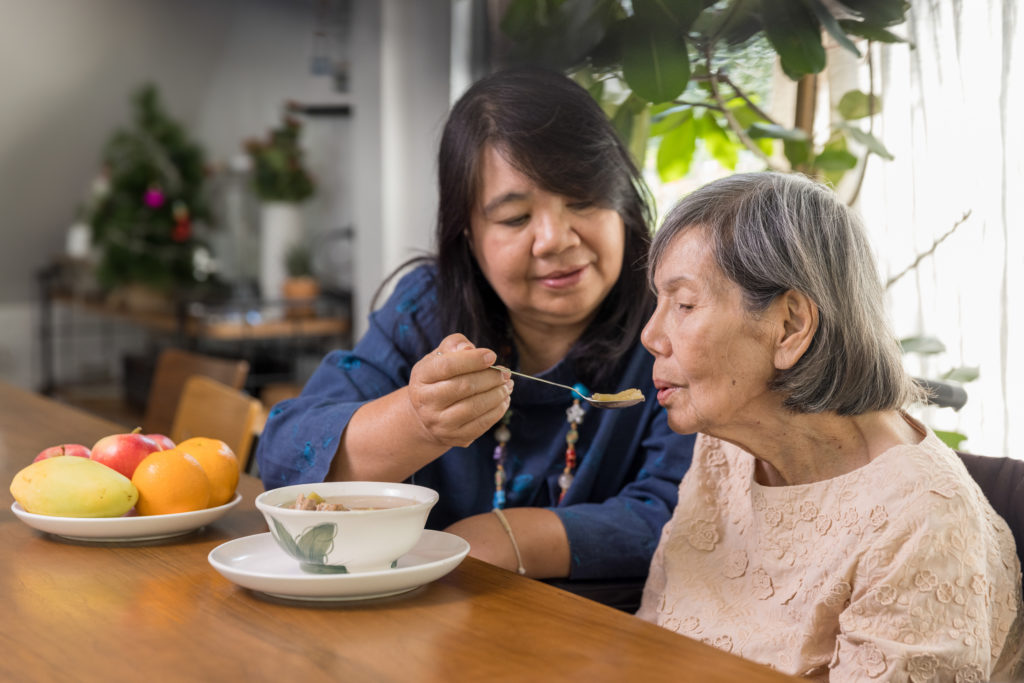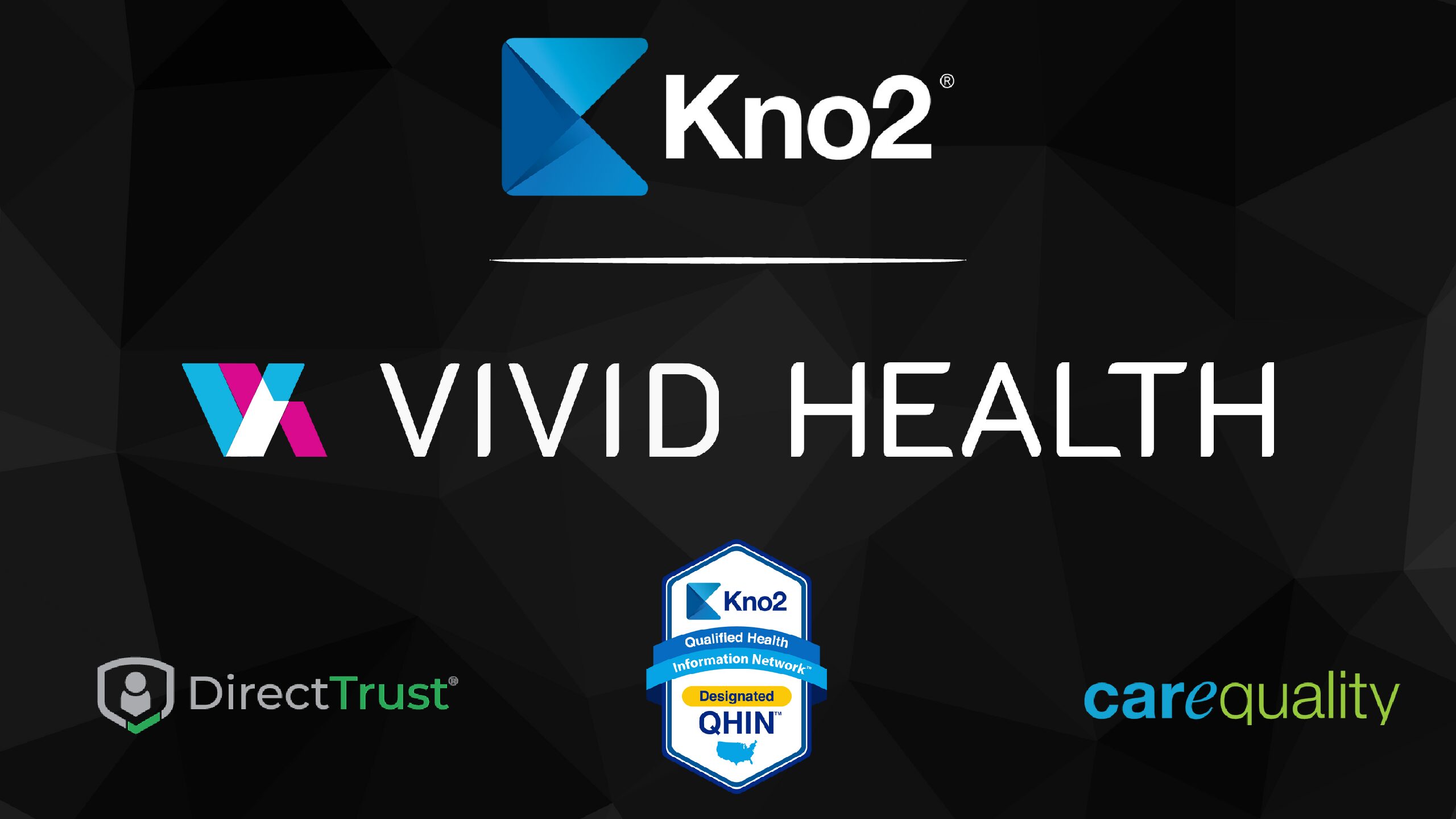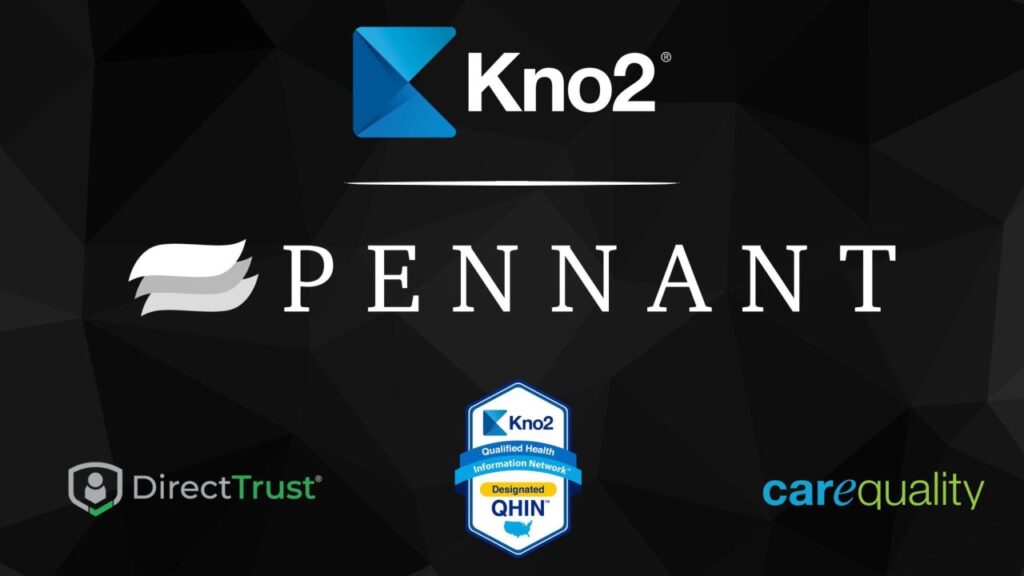Within the spectrum of healthcare, “Caregiver” could mean many things. For the sake of the conversation today, we’re talking about the individuals who walk alongside patients within the care continuum to help them manage their conditions, get them to and from appointments, and basically support a loved one or friend in their healthcare journey. This oft overlooked persona in medicine is someone of great importance because they become an extension of the care team. Where Home Health Services and many post-acute care providers leave off, a caregiver picks up: doling out medication, spotting PT exercises, coordinating referral appointments, and picking up the phone when something just isn’t right. It’s difficult enough for these types of providers to stay connected in the current climate of interoperability (still favoring acute and inpatient providers) but considering how we can loop in caregivers to honor the critical role they play in patients’ lives is an opportunity we simply can’t ignore as healthcare IT vendors.
Caregivers Augment the Care Team
Given the challenges around scaling and obtaining consistent reimbursement for healthcare services that meet patients where they are – in a home, in a facility, or otherwise – it is no wonder that readmissions and ED visits persist, driving up costs and frustrating patients and their doctors alike. No one wants to see someone doing worse than the last time they were seen. But we seem to overlook the natural “eyes and ears” of caregivers, who are organically and often front and center with patients in ways that providers (even Home Health) aren’t.
Redefining Care Teams to Make Connectivity More Practical
It seems that the healthcare industry has, at times, forgotten the intention behind things like HIPAA, clinging ever so tightly on the restrictions and in doing so forsaking some of the potential benefit. The idea is that data is portable…it moves. Obviously, security and consent matter, but where simple, secure connectivity solutions exist, there needs to be fewer barriers to expanding this “need to know” access to the relevant people who impact outcomes. And, controversial or not, that should include caregivers.
We’ve shared before that improving connectivity in Home Health has a myriad of benefits (including cost and outcomes), so imagine if we brought caregivers into the folds of that communication! What would happen, for example, if we knew sooner that patients were not complying with treatment plans and could potentially intervene with modified plans and/or mental health support? How much money and pain could we save if someone truly attuned to a patient could flag a provider, signaling “something’s off” to prevent an ED visit and get on top of drug interactions or additional therapy needed. And this doesn’t even scratch the surface in terms of how capitalizing on someone already invested in the patient can help facilitate a bridge to traverse the social and economic factors that absolutely impact care delivery and outcomes.
Changing Demographics Require Innovative Approaches to Care Delivery
The Silver Tsumani is real, and an increasingly aged population means we have to think about healthcare delivery and healthcare communication differently. We can’t make overly-sexy solutions that will preclude utilization by older folks who just don’t use technology the same way that IT folks do. Nor can we assume that patients have the same capacity to remember or manage all the details of increasingly complex care plans to address multiple chronic conditions and comorbidities. It’s hard and we’re all exhausted. Sharing the load with Caregivers to enhance the patient experience while bolstering the provider’s plans, via better healthcare communication for these roles, can temper some of the challenges ahead of us and cultivate more than a Care Team…it’s a Care Community.







